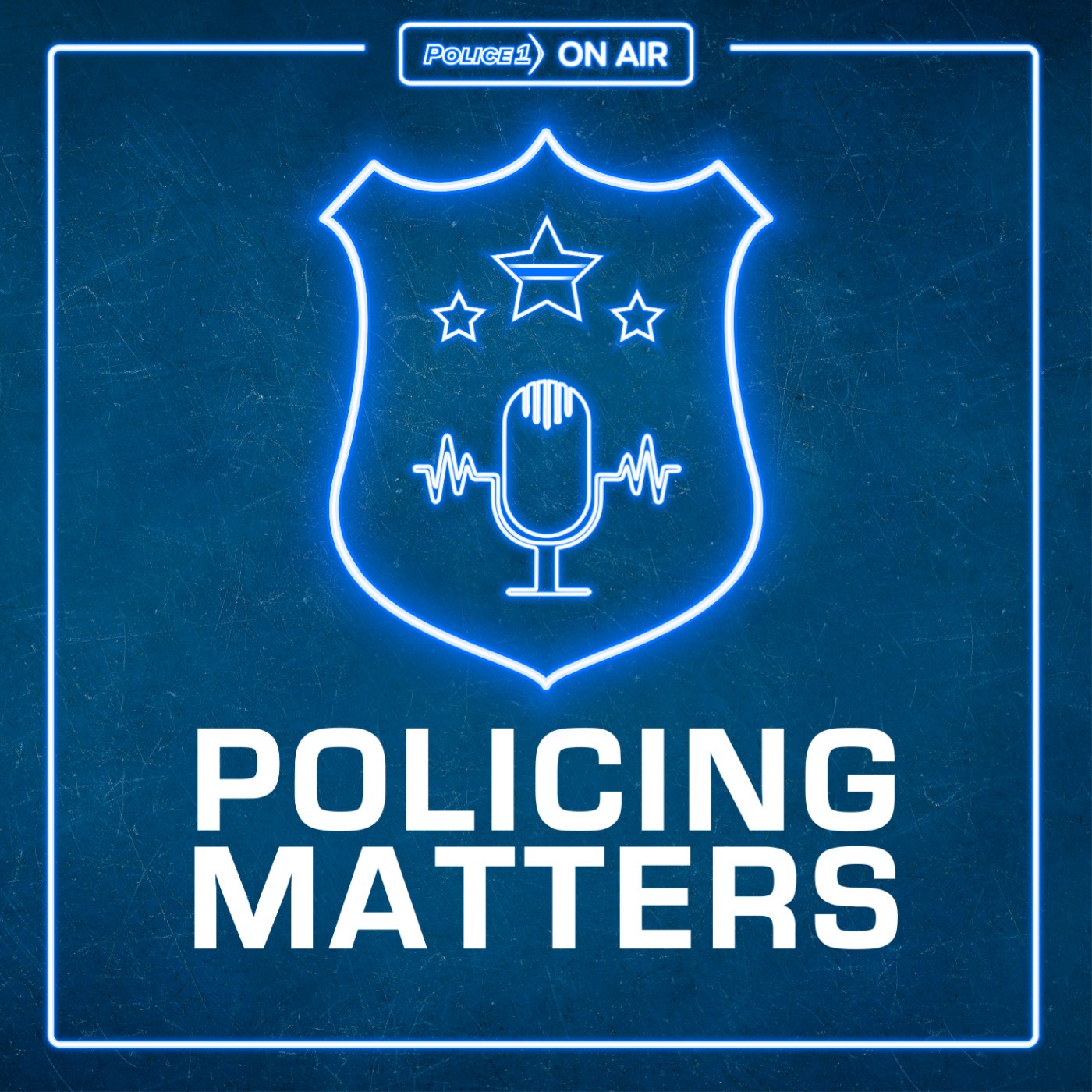
Talking the beat to cover what matters to you as an LEO. Join deputy chief Jim Dudley (ret.) every weekly as he sits down with law enforcement leaders and criminal justice experts to discuss strategy, challenges and trends in policing.
Episodes
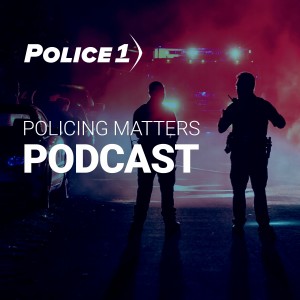
Tuesday Nov 24, 2020
Is a criminal justice degree worth it? The answer is yes.
Tuesday Nov 24, 2020
Tuesday Nov 24, 2020
Janay Gasparini, P.h.D., a former police officer and current assistant professor of criminal justice at Shepherd University, recently wrote an article for Police1 titled “Why the next generation of cops need a criminal justice degree.” In this episode of Policing Matters, Dr. Gasparini explains why having a criminal justice degree helps those interested in a law enforcement career and also offers advantages for veteran law enforcement officers. Learn when you should and how you can obtain your degree, why it will serve you in your career from the academy through the police promotional process, and where you should look for colleges.
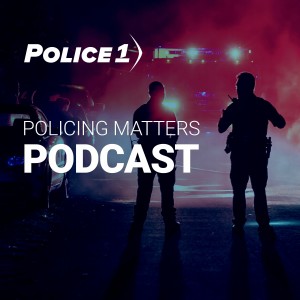
Friday Nov 20, 2020
Rener Gracie on why every cop needs one hour of Jiu-Jitsu training a week
Friday Nov 20, 2020
Friday Nov 20, 2020
Law enforcement officers are often put into difficult situations where they need to make immediate decisions on levels of force needed to stop an attack, to defend others or themselves, or possibly to use to effect an arrest of a resisting offender. In this episode, host Jim Dudley speaks with Rener Gracie, world-renowned Jiu-Jitsu expert, practitioner and chief instructor at the Gracie University about the current deficits in law enforcement defensive tactics training and how use of force “reform” could endanger both cops and civilians.
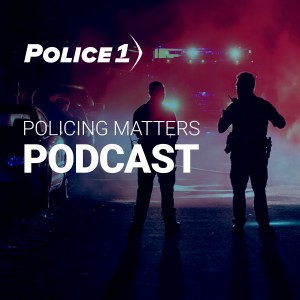
Friday Nov 06, 2020
Axon CEO talks TASER weapons, police performance and transparency
Friday Nov 06, 2020
Friday Nov 06, 2020
Rick Smith, CEO of Axon (formerly TASER International), has been a technology pioneer in law enforcement with a current vision of making the bullet obsolete by 2029. Rick founded the company, TASER International, in 1993 and as the TASER weapon became ubiquitous in law enforcement, he has pushed his company to think beyond weapons technology toward a broader purpose of matching technology to public safety needs in order to make the world a safer place. In this episode, host Jim Dudley speaks with Rick about current research around the development and deployment of TASER weapons, as well as new offerings from Axon designed to improve police performance and transparency.
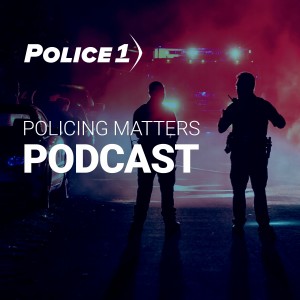
Sunday Nov 01, 2020
Sunday Nov 01, 2020
There seems to be an app for just about everything these days, from accessing training to seeing how crime is occurring almost in real-time. Civilians have access to apps that warn them of traffic delays or police activity. Wouldn't it be great to have an app that provides access to off-duty LEOs to assist in responding to an act of mass violence when they are close to the incident? In this episode, host Jim Dudley speaks with Lt. Travis Norton, a 20-year veteran with the Oceanside (California) Police Department, about how to bring this concept to reality.
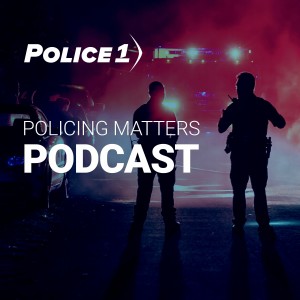
Thursday Oct 29, 2020
The FBI’s NIBRS deadline is fast approaching. What agencies need to know.
Thursday Oct 29, 2020
Thursday Oct 29, 2020
The FBI responded to law enforcement’s call to upgrade and update reporting of the nation’s crime statistics by transitioning from the Summary Reporting System (SRS) to the National Incident-Based Reporting System (NIBRS) by January 1, 2021. Recognizing this as a monumental shift in practice, the FBI gave several years' notice, from February 9, 2016, to be exact, to law enforcement agencies, and now the deadline is just weeks away. In this episode, host Jim Dudley speaks with Trudy Ford, the Section Chief of the Global Law Enforcement Support Section of the FBI Criminal Justice Information Services (CJIS) Division about what prompted the change, the improvements NIBRS offers and what the transition means for rank and file officers.
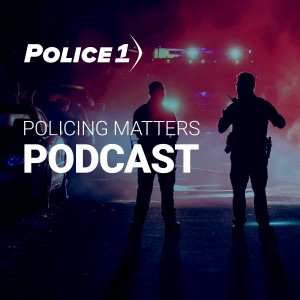
Friday Oct 16, 2020
How to develop a social media messaging strategy ahead of Election Day
Friday Oct 16, 2020
Friday Oct 16, 2020
No one knows what the coming weeks leading up to Election Day hold, but there’s one thing we can all agree on – we’re heading for choppy waters. In a recent article for Police1, social media consultant Yael Bar-tur outlined 10 steps police chiefs can take right now to communicate on social media ahead of November 3. In this episode of Policing Matters, host Jim Dudley talks to Yael about some of the strategies she details in the article.
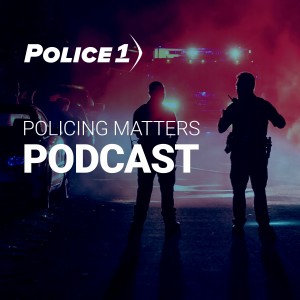
Friday Oct 16, 2020
The similarities and differences between law enforcement and the military
Friday Oct 16, 2020
Friday Oct 16, 2020
It is estimated that veterans comprise 20% of law enforcement personnel in the United States. In this episode, host Jim Dudley talks with U.S. military veteran and recently retired sheriff’s office deputy Greg Johnson about the unique skills and perspectives veterans offer police agencies, as well as the similarities and differences between serving in the military and serving in law enforcement.
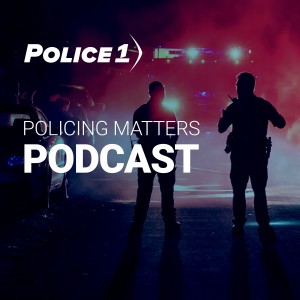
Friday Oct 09, 2020
Officer well-being in 2020: Addressing mental health challenges in LE
Friday Oct 09, 2020
Friday Oct 09, 2020
The year 2020 has presented numerous challenges for law enforcement, beginning with the management of the first wave of the COVID-19 pandemic and then a rapid transition to rioting, looting and ongoing civil unrest. In this episode, host Jim Dudley talks with researchers Dr. Michelle Lilly and Sergeant Shawn Curry, both co-directors of the Training and Research Institute for Public Safety (TRIPS), about the startling findings of a recent survey they conducted to assess current psychological health in law enforcement officers.
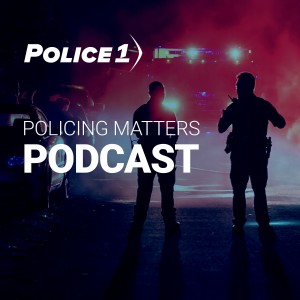
Wednesday Oct 07, 2020
Connect 2020: Lexipol‘s Virtual User Conference
Wednesday Oct 07, 2020
Wednesday Oct 07, 2020
Are you looking to improve community relationships, learn the latest developments in public safety technology and implement real change in your agency? Join us virtually for Lexipol’s first-ever user group conference: Connect 2020! On Wednesday, Oct. 14, explore how we can serve "Better Together."
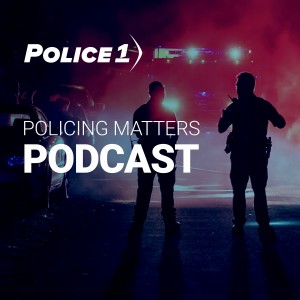
Thursday Oct 01, 2020
What cops need to know about ketamine
Thursday Oct 01, 2020
Thursday Oct 01, 2020
In August 2019, Elijah McKnight, who was allegedly intoxicated and struggled with a sheriff’s deputy, was TASERed, handcuffed and subdued by three people. Identifying the patient was experiencing excited delirium, the attending medics administered one 500 mg dose of ketamine and another dose of 250 mg about nine minutes later after consulting with a physician. The story elevated to the front-page level as body camera footage identified that deputies asked if the medics could "give him anything," to which a medic replied they can give him ketamine and, "he'll be sleeping like a baby," but would need to be transported. A second case occurred that same month when another Colorado arrestee, Elijah McClain, was administered ketamine, went into cardiac arrest, and was subsequently declared brain dead and died on Aug 30, 2019. Last month the Aurora city council voted to temporarily ban paramedics from using ketamine to sedate patients. In this episode, host Jim Dudley speaks with EMS1 columnist Rob Lawrence and Dr. Will Smith, an EMS physician from Jackson Hole, Wyoming, about what law enforcement should know about ketamine. They also discuss law enforcement's potential involvement in securing mass vaccination centers that could be used to distribute the COVID-19 vaccination when it is released to the public.
